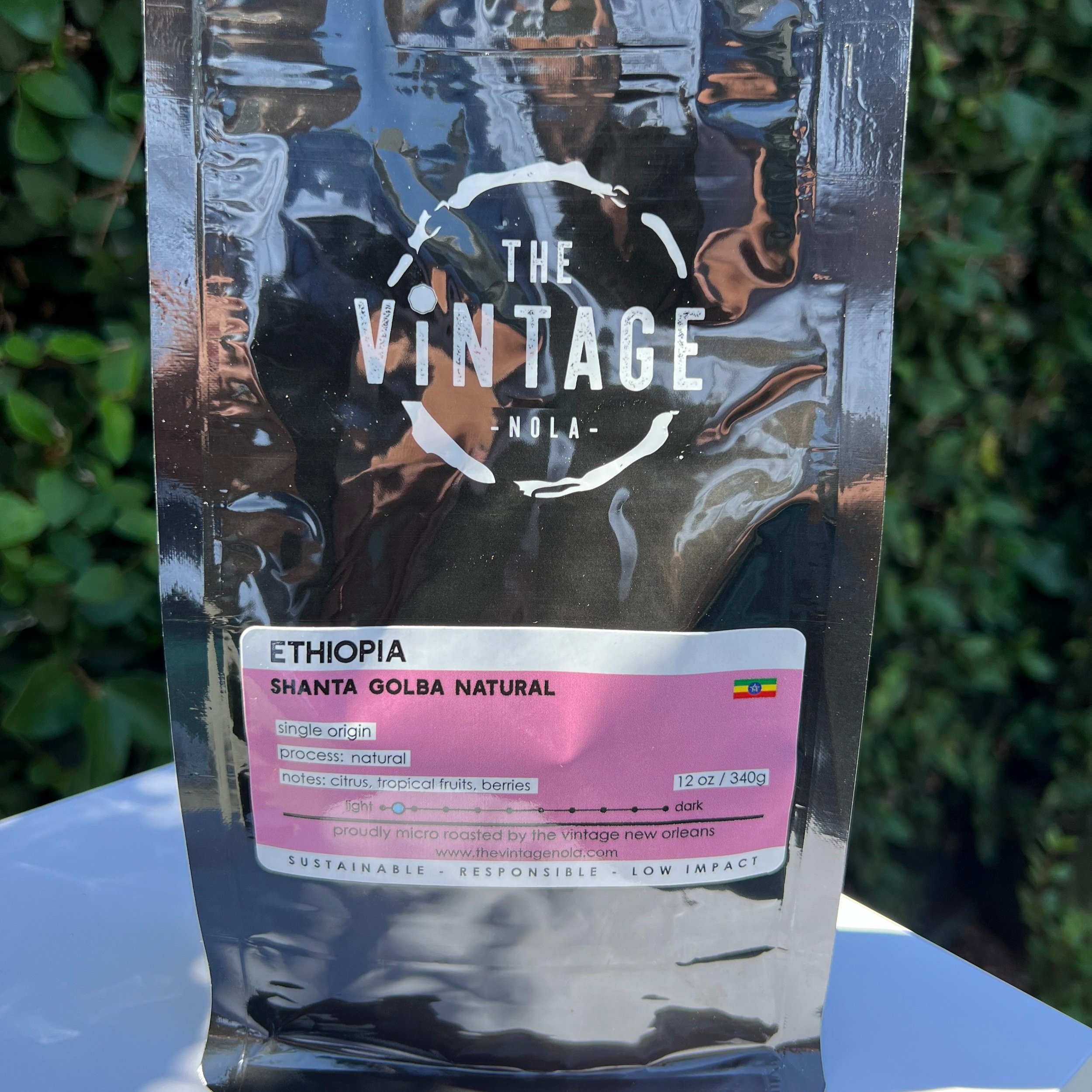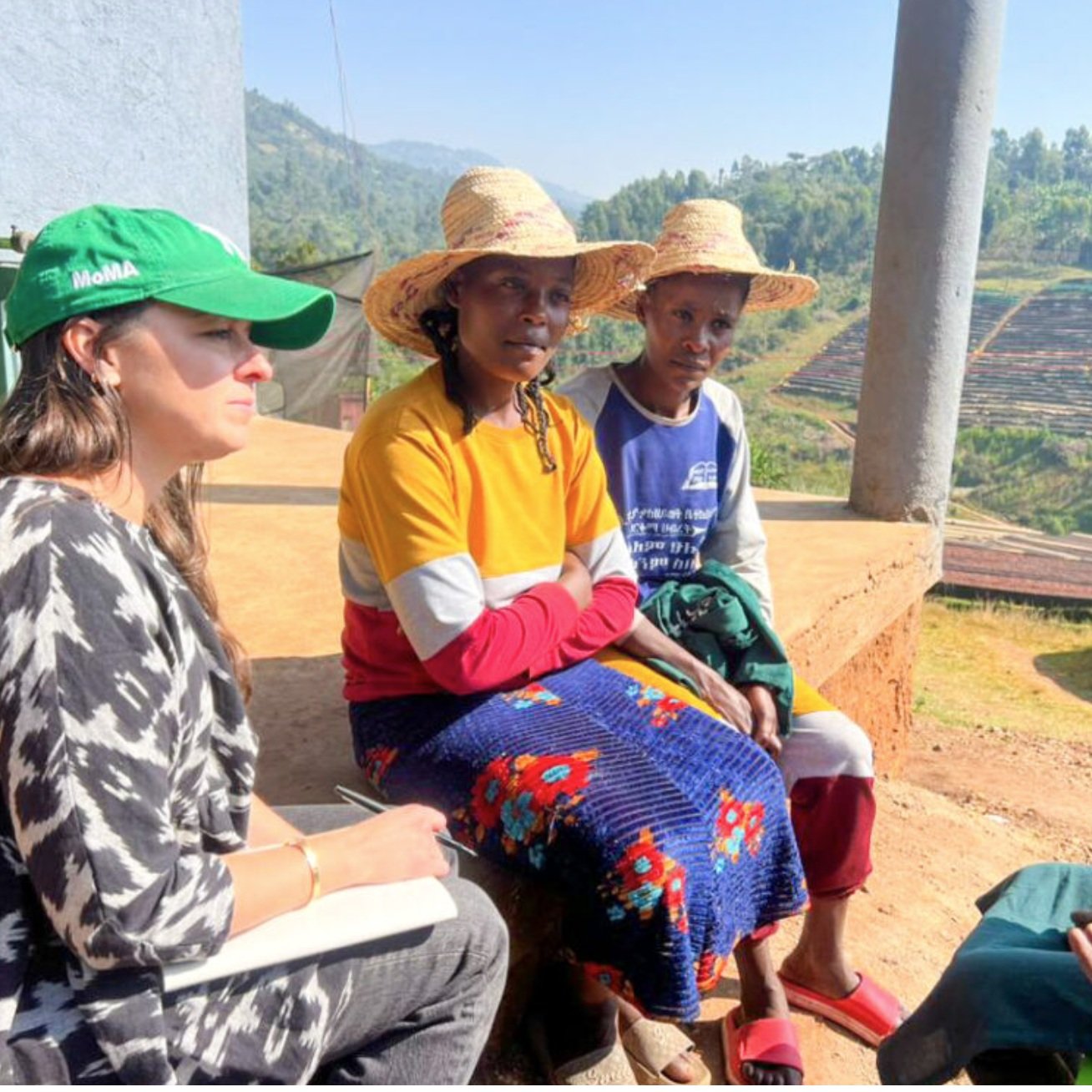The Vintage Single Origin: Ethiopia Shanta Golba Natural



The Vintage Single Origin: Ethiopia Shanta Golba Natural
Shanta Golba is a washing station located in the Bensa district of the Sidama zone in Ethiopia. It serves over 1200 small-holder farmers from the surrounding area, near the town of Daya Bensa. These farmers typically cultivate coffee on small plots of land, often alongside other crops.
The Shanta Golba washing station is part of the Sidama Coffee Farmers Cooperative Union (SCFCU), a large and well-regarded exporting organization in Ethiopia, consisting of over 50 member cooperatives and 80,000 households. SCFCU supports its member cooperatives through various initiatives, including training in organic farming, investing in infrastructure like roads and warehouses, facilitating micro-credit, and supporting social programs like healthcare and education.
Unusually for the Sidama region, Shanta Golba primarily produces naturally processed coffees. This involves drying the coffee cherries whole on raised beds, a method that requires significant space and labor. The washing station employs over 100 people to manage the drying process of both natural and washed coffees. Washed coffees at Shanta Golba are depulped, fermented overnight, and then dried on raised beds.
Shanta Golba coffees are often certified organic and Fair Trade. They are known for their complex flavor profiles, which can include notes of raspberry, honey, vanilla, marshmallow, date, berries, citrus, and sweet florals. The altitude at which the coffee is grown ranges from 1900 to 2500 meters above sea level, and the varieties are typically Ethiopian heirloom.
Sensory: Citrus, tropical fruit, berries, floral; bright acidity, tea-like body.
Cultivar: Heirloom JARC Varieties
Processing: Washed
Altitude: 1,900–2,200 masl
Ethiopia is regarded by many as the birthplace of coffee. It has been cultivated there since the 1500s, in much the same way it is grown today. Most coffee grows wild in the shade of other trees and is referred to as forest grown coffee. Other coffees grow in gardens along with other crops, with minimal agricultural intervention. Some is a bit of a combination, where producers lightly cultivate and weed their forest crop in order to ease harvesting. In any case, most smallholders produce an average of only 5 bags per year.
Ethiopia Yirgacheffe comes to us from the Agaro dry milling station. The coffee is a collection of the efforts of 498 smallholder farmers. Their coffees are handpicked at peak ripeness, machine pulped and undergo anaerobic fermentation before washing. Finally, as is typical to the region, the coffee is sun-dried on raised beds for seven to ten days, depending on sun and humidity.
